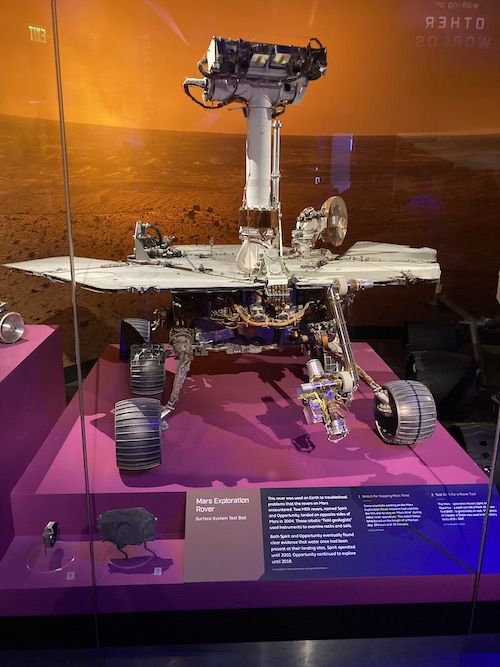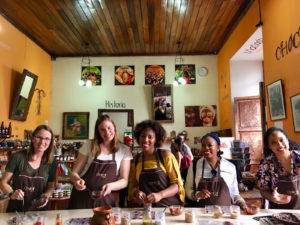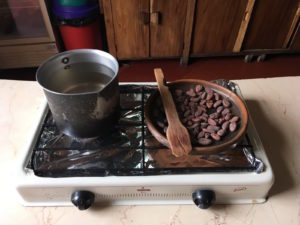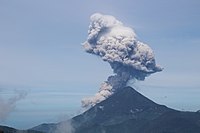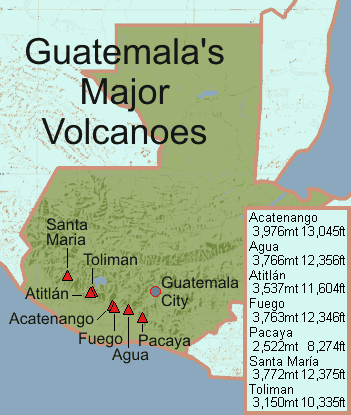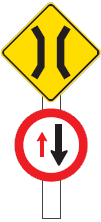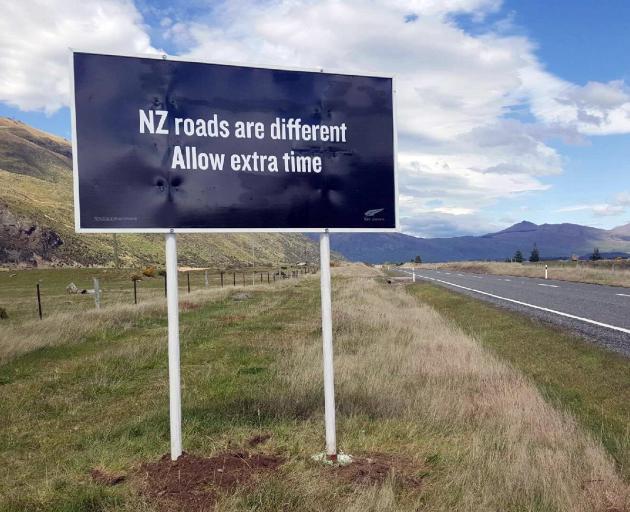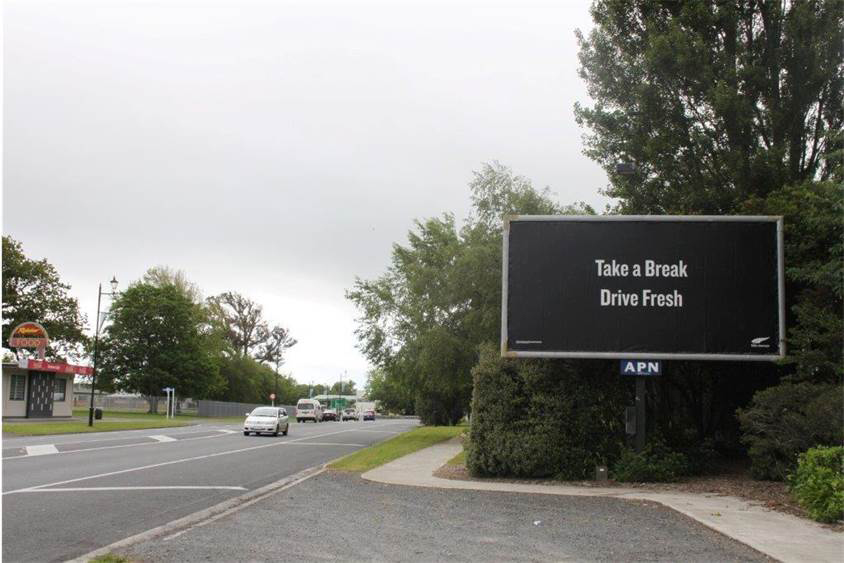A train on the Moon?
April 13th, 2024 at 10:38 am (Engineering, Technology, Travel)
It’s still early times, but what a captivating thought!
 Last year, DARPA created the LunA-10 study, a 10-year effort that “aims to rapidly develop foundational technology concepts that move away from individual scientific efforts within isolated, self-sufficient systems, toward a series of shareable, scalable systems that interoperate.”
Last year, DARPA created the LunA-10 study, a 10-year effort that “aims to rapidly develop foundational technology concepts that move away from individual scientific efforts within isolated, self-sufficient systems, toward a series of shareable, scalable systems that interoperate.”
So far, our trips to the Moon have been isolated visits, but if we’d like to get serious about sustained activity, additional infrastructure (for mobility, communication, energy generation, etc.) would surely be useful.
Recently, Northrop Grumman provided some details about their part of LunA-10, which aims to develop a framework for a railroad network on the Moon. How cool is that? I’d love to be part of that study.
LunA-10 participant updates are planned to be shared at the Lunar Surface Innovation Consortium meeting, final reports from each of the LunA-10 participants will be due in June – here’s hoping they’re made publicly available.
